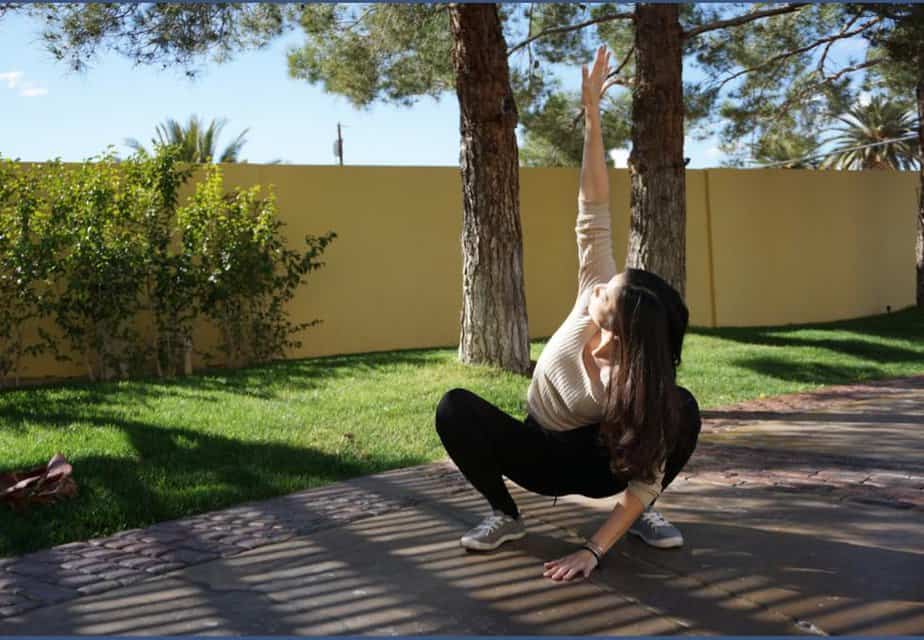When it comes to pelvic floor exercises, they’re known for their immense benefits to men, women, and especially those who are moms. But surprisingly, there’s not too much info on how to do these safely. You can’t, or at least, you shouldn’t just jump right into this. While sure, they’re a fantastic way to strengthen the muscles that support your bladder, uterus, and rectum, if not done correctly, this could be pretty bad. So, how can you make sure you’re doing this safely? Well, here’s exactly what you need to know!
You Need to Know If It’s the Right Muscles
There’s a difference between hearing what the muscle is versus which one it actually it- you can’t see these like you can the muscles on your arm and leg. So, first, make sure you’re targeting the right group of muscles. The easiest way to do this is to try to stop your urine flow mid-stream the next time you go to the bathroom. The muscles you use to do this are the ones you should be focusing on during pelvic floor exercises. Just use this method for learning purposes, as regularly stopping your urine flow can actually be harmful.
Perfect the Whole Technique
Once you know which muscles to target, empty your bladder and find a comfortable position. You can do pelvic floor exercises lying down, sitting, or standing. Tighten your pelvic floor muscles, hold the contraction for five seconds, and then relax for five seconds.
You should try to do five sets of 10 repetitions a day. Now, when it comes to these exercises, you don’t actually need to insert anything, whole sure, there are plenty of ads circling around if you don’t want it to be invasive, it doens’t have to be. If you’re not comfortable with something, that’s fine, really. This is a partner post.
What Can Get in the Way of Doing Pelvic Floor Exercises Safely?
The whole point is to do these exercises safely, but sometimes it’s just not really all that possible. For example, when fibroids enter the picture, they can sometimes make pelvic floor exercises a bit more challenging- maybe too challenging. But why exactly?
Well, large fibroids, particularly those that press against the pelvic floor, can cause discomfort or even pain during these exercises. It’s honestly hard to say what can fix this because it really depends on your situation, such as removal, seeing a doctor, or modifying how you do the exercises yourself.
Modify Your Approach
Sometimes, it could not always be as simple as adjusting your position or the intensity of your contractions. Sometimes, simply altering your position (from standing to lying down, for example) can reduce discomfort. Again, even if you don’t have fibroids, the comfort levels can just vary for everyone.
You’ll Need Regular Checkups
This is pretty obvious, but before doing any new exercises, especially something sensitive like this, it’s going to be a good idea to see your doctor first. This is especially apparent if you’re having any issues, such as with endometriosis or, like what was stated earlier, fibroids. You’ll just want to keep these in mind.
